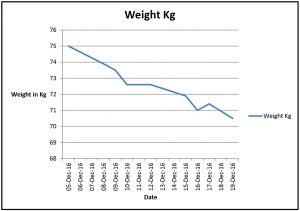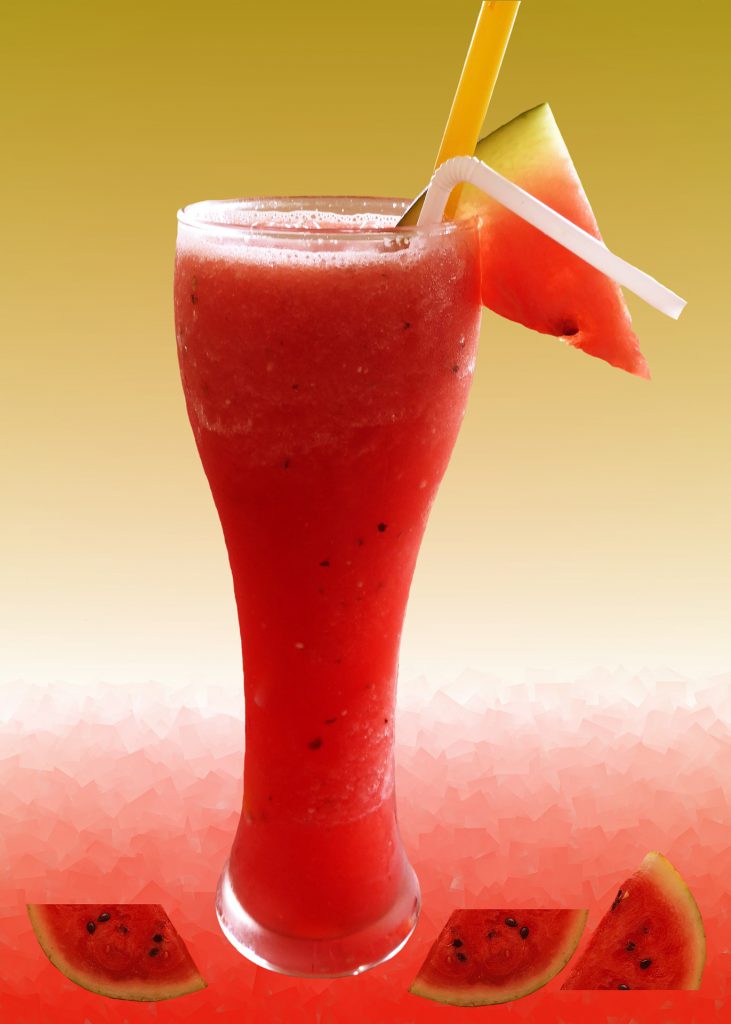Diet Problem – Constipation
One of the problems with many diets is that constipation can raise its ugly head – you know, that time when your bowel is full, you can feel that you need to visit the loo but nothing is moving. That can get very uncomfortable and if it continues for more than a couple of days, it can get very serious. This article will cover how to relieve constipation arising from low fiber in the diet. It does not provide health advice. If you have any concerns over your health whether diet or constipation related, please consult your medical adviser. If you find yourself suddenly constipated, unable to pass a motion or even gas or passing blood, please get urgent medical advice immediately.
What Is Constipation?
Constipation is when your bowel movements happen less often than usual or when they are hard to pass. The normal number of bowel movements can be very different between different people. Some “go” only once or twice a week, others may need to visit the loo two or three times a day. But the longer the time between having bowel movements, the harder it becomes to have one, as the colon (the last part of the gut) removes water from the “poo” making it harder and more compacted and more difficult to pass.
Constipation Symptoms
Some of the symptoms you may get if you have constipation can include having to strain to go, having hard or small stools, having fewer bowel movements than usual, a feeling that everything didn’t come out, a swollen belly or having belly pain and possibly even throwing up. Some people may get diarrhea, because liquid stools further up the gut slide past the harder material further on down.
Why Does Dieting Cause Constipation?
Dieting can cause constipation (or diarrhea) because of changes in your usual food intake, or you may be less active than usual, or you may not be drinking enough water or taking in enough fiber or possibly, because you avoid visiting the loo when you know you need to “go” and resist the urge to have a bowel movement. This may be because you are busy, or for some people, because they have hemorrhoids and these cause pain. If your stools are less bulky than usual or you are taking in less food because of dieting, you may find that there is a change in your bowel habits that can lead to constipation. It is important to recognize this early and take steps to deal with it as quickly as possible.
Constipation Relief
There are several areas you can tackle to stop or relieve constipation. With dieting, you may be eating less overall, so your stools have less bulk and you may also be eating less fiber. The lack of bulk means the intestine has less material to work with, so it doesn’t push the contents through as quickly as usual. The act of pushing the contents through the digestive system is called peristalsis. Find out more about peristalsis, with a video, here.
The two most basic areas are to stay well hydrated, that is, to drink plenty of water and to take in plenty of fiber. Both of these work together to provide more bulk in your stools.
How Much Fiber Do I Need?
WebMD suggests that women need 25 grams of fiber a day and men need 38 grams per day.
Fiber
One kind of fiber with no calories is psyllium husks also known as ispaghula. This is easily available on line and probably in your nearest pharmacy or health food shop or even grocery supermarket. It is a dry, powdery, even feathery type of substance, which is mixed with a glass of cold water and drunk straight down. It should be followed by more water, to make sure there is sufficient water to allow it to work, otherwise if is too dry, it can cause a blockage in the intestines. It can also be obtained in capsule form. Psyllium husks are also used in commercially available products advertised for bulking out the stool. These may make the product more appealing to take, being flavored with orange or lemon. You can mimic this at home by adding a teaspoonful of lemon juice to your glass before adding water and psyllium husks. Because psyllium husks, with water bulk out the contents of the intestines, they provide more for the peristaltic action to work on and so are a gentler form of constipation relief.
Fiber in Real Food
If you are on a low calorie diet, you need to get as much fiber for the calories taken in as possible. Apart from using psyllium husks, this may seem almost impossible. “Increase your fiber intake” you get told, yet when you look at the fiber content of various healthy vegetables, such as celery or green beans or broccoli, you find that you would probably need to eat 2 or 3 pounds in weight of any of these to get your daily requirements. And the foods with plenty of fiber also seem to have plenty of calories too, which makes it hard to keep within your calorie allowance.
It is possible to create soups that are low calorie and high fiber, using lentils and flavored with garlic and celery. Extra fiber from wheat bran or oat bran can be added to these to increase the fiber content and make a healthy lunch or tea that fits within your calorie allowance. These can be made with a stock cube (watch the salt) for ease or by making your own bone broth, which is cheap and highly nutritious but will take a bit longer. Bone broth can be frozen, so you can always have the basis of a soup available.
Other ways of tackling constipation are to eat or drink items that also contain natural stool softeners, in addition to the fiber they contain. These types of food include prunes and prune juice and apple juice. When on a diet, you want to find fiber with the least number of calories, so you are not breaking your diet by taking in too many calories. Prunes and apple and pear juice are quite high in calories so you will only be able to eat or drink a little, however, they also contain sorbitol a natural laxative. If you are on a calorie restricted diet then you get better benefit from eating prunes, for instance than by drinking prune juice, as you get more fiber for your calorie intake, as well as getting the laxative effect from the natural sorbitol. Sorbitol is a sugar alcohol produced from fruits and corn and has been used as a sugar substitute. The body only metabolizes it very slowly, so it doesn’t produce an insulin spike and it has a laxative effect, so may not be suitable for those with IBS.
Exercise and Physical Methods As Constipation Remedies
Exercise is a useful way of getting “things moving”, including walking and, if you can, running. Yoga can also be used to help with constipation and gas problems and there are particular poses that are especially helpful. You can find a number of videos available demonstrating these poses. If you are not used to yoga, you should consider whether these are suitable for you, as some yoga poses should not be used by people suffering from Osteoporosis for instance. There is also the possibility of abdominal massage, which can move the contents on around the digestive system. The yoga moves shown above also work this way.
Laxatives And Suppositories
If you really are in desperation from constipation, then laxatives such as preparations containing senna are available over the counter. Ask for advice from your pharmacist to ensure these are suitable for you. It is also possible to obtain glycerin suppositories for insertion into the rectum, to soften the stool to allow it to be passed. Again, seek advice from your pharmacist or medical adviser to make sure this is suitable for you. If you suddenly find yourself suffering from constipation, with no known reason, get medical advice immediately.
ProBiotics and PreBiotics
What is the difference between prebiotics and probiotics?
Probiotics – the “good” bacteria
Our gut contains a lot of bacteria, that help with our general health and digestion. Probiotics are the “good” bacteria, or flora, that we can take, either in something like “live” yogurt or fresh sauerkraut or kefir or as a supplement, to add to the ones already there, to boost the numbers of “good” bacteria. They are alive and help us digest our food, as well as creating (synthesizing) Vitamins B and K. The biggest numbers live in the large intestine and can form as much as 60% of the dry matter in our poo. Recent research suggests that the gut is a 2nd brain and can affect our bodies in many ways we are only just beginning to find out about.
By changing our diet, perhaps by dieting and reducing the level of certain kinds of food or eating more of others, we may change the numbers and kinds of good bacteria in our gut and this can affect our health and may contribute to constipation or diarrhea. Our gut flora also changes as we get older. Taking a probiotic can help keep our gut bacteria working for us, instead of against our health. These can be taken in capsule form or in food. Take any probiotics onnly with COLD drinks, so you don’t kill the bacteria.
Prebiotics
Prebiotics are the kinds of food that the probiotic bacteria live on. The prebiotics are plant fibers that come from fruit and vegetables. With lots of prebiotic fibers, the good bacteria have plenty of food to help them grow and do their job of keeping our gut healthy. These fibers are not digested in the first part of the digestive system (the stomach and small intestine) so they reach the large intestine mostly untouched. They ferment there and provide good food for the good bacteria. This fermentation also helps keep the numbers of “bad” bacteria low.
Probiotic yogurt
This is a type of yogurt that contains a “live” culture of some of the types of “good” bacteria that are useful in the digestive system. In order to get the benefit of the live culture, you need to make sure you don’t take a hot drink at the same time, as that will kill the live culture before it can get to work!
Probiotics For Weightloss
While probiotics are not specifically used for weightloss, there is some evidence that they can have a protective effect against the symptoms arising from emotional problems like stress, anxiety and depression. This may help those who overeat because of emotional problems to control their overeating, as their symptoms become less and so they may eat less.
Constipation on a Low Calorie Diet Can be Managed
It is possible to keep the bowels moving smoothly by taking in a regular level of fiber each day and using some of the other techniques in this article to keep within your low calorie diet limits.




